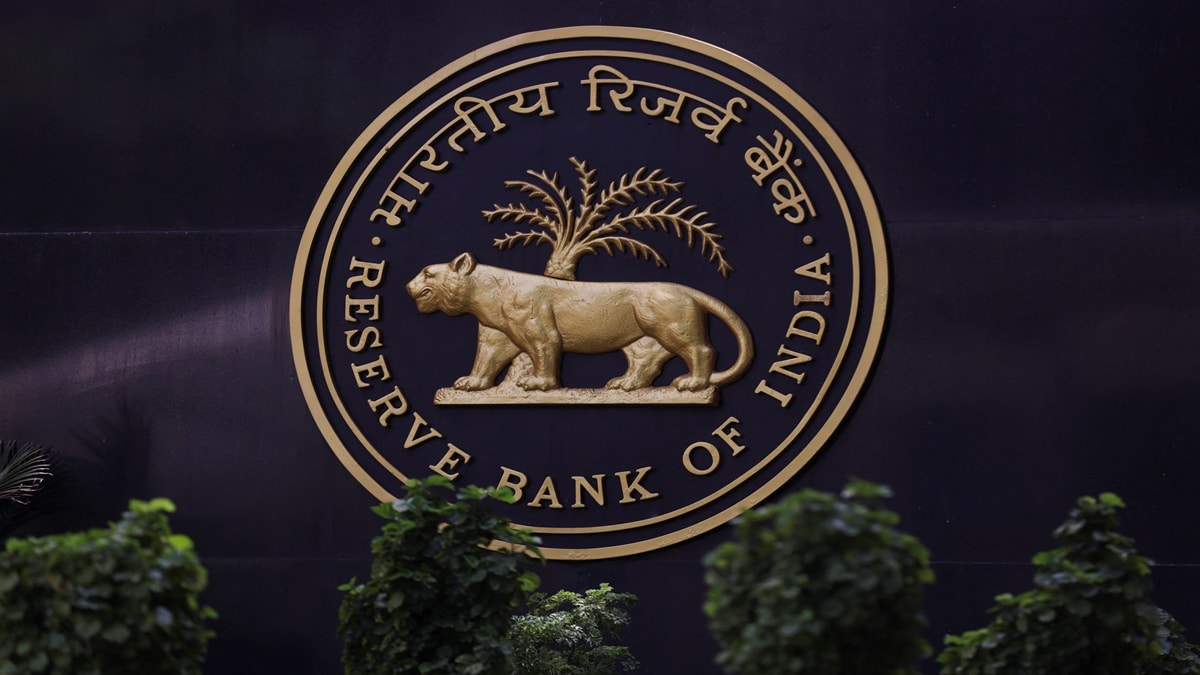Public Sector Banks Adjust Lending Rates Following RBI Announcement

Public sector banks in India have begun adjusting their lending rates following the Reserve Bank of India’s recent decision to cut the repo rate by 50 basis points. This move is expected to benefit existing borrowers more than new ones, as banks are likely to modify their spreads on home loans. Several major banks, including Bank of Baroda and Punjab National Bank, have already announced reductions in their repo-linked lending rates (RLLR), which could lead to lower monthly payments for many homeowners.
Bank Rate Adjustments
In response to the RBI’s repo rate cut, Bank of Baroda has reduced its RLLR by 50 basis points, bringing it down to 8.15% effective June 7. Similarly, Punjab National Bank has lowered its RLLR to 8.35%, effective June 9, while maintaining its marginal cost of funds-based lending rate (MCLR) unchanged. Bank of India has also followed suit, cutting its RLLR by 50 basis points to 8.35% starting June 6. UCO Bank has made adjustments as well, reducing its RLLR to 8.30% and lowering its MCLR by 10 basis points across all tenures, with the one-year MCLR now at 9%. HDFC Bank has also reduced its MCLR by 10 basis points across all tenures, effective June 7.
Impact on Borrowers
According to the RBI’s guidelines, floating-rate loans must be adjusted in accordance with the benchmark repo rate. This means that existing borrowers will automatically benefit from the reduced rates. However, new borrowers may not experience the same level of advantage, as banks are expected to adjust the spreads they charge over the repo rate to maintain their profit margins. For instance, after the recent revisions, Bank of Baroda’s home loan rates for new borrowers will start at 8%. This adjustment indicates that while existing borrowers will see a decrease in their interest payments, new borrowers may face higher rates due to banks’ strategic pricing.
Market Competition and Fixed Deposits
The competitive landscape among banks has led to attractive rates for existing borrowers. Several public sector banks, including Bank of India, Bank of Maharashtra, Central Bank of India, and Union Bank of India, were already offering home loans at rates as low as 7.85% for amounts up to Rs 30 lakh prior to the rate cut. Other banks, such as Canara Bank and Indian Bank, offered rates of 7.90%. In contrast, private lenders like South Indian Bank and Karur Vysya Bank had rates of 8.30% and 8.45%, respectively. This intense competition is likely to continue influencing lending rates as banks strive to capture market share.
To maintain profitability amid these changes, banks are also expected to reduce the interest rates on fixed deposits. This could make fixed deposits less appealing to savers, as the influx of fresh liquidity into the banking system may lead to lower returns on these investment products. As banks adjust their strategies in response to the RBI’s rate cut, both borrowers and savers will need to navigate the evolving financial landscape carefully.
Observer Voice is the one stop site for National, International news, Sports, Editor’s Choice, Art/culture contents, Quotes and much more. We also cover historical contents. Historical contents includes World History, Indian History, and what happened today. The website also covers Entertainment across the India and World.
Follow Us on Twitter, Instagram, Facebook, & LinkedIn

